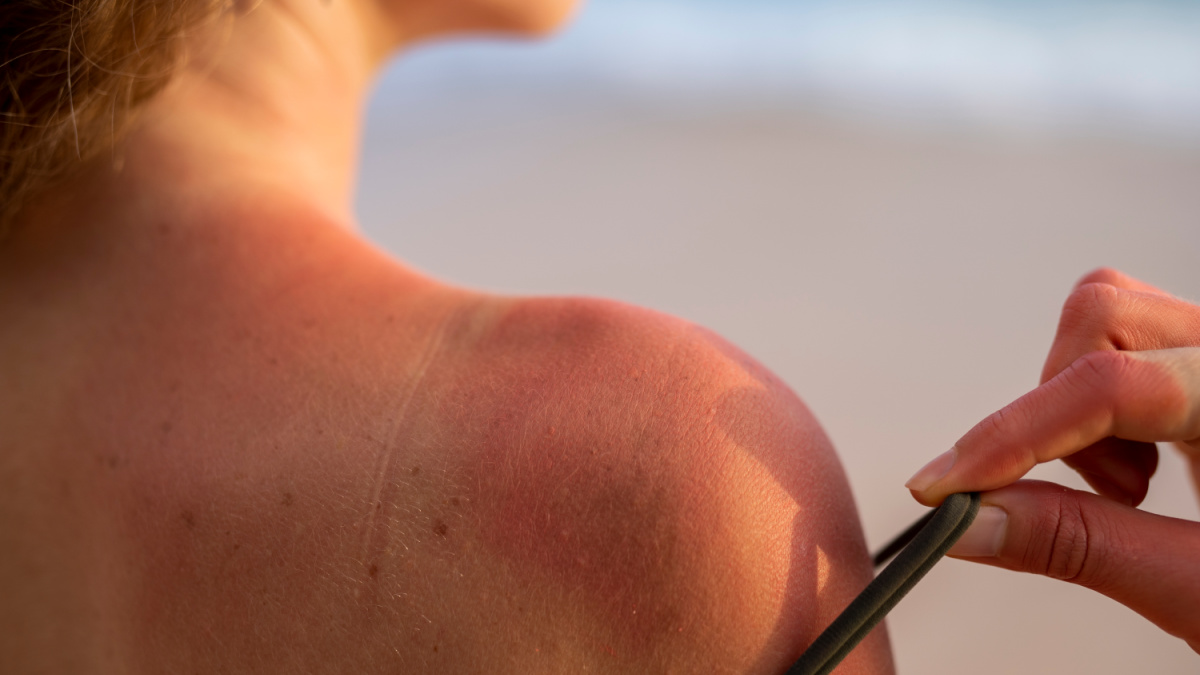looking good—to die for
Alarming Statistics
In the Australian state of New South Wales, 2850 new skin cancer cases are diagnosed each year, 340 of which die.
Dangerous Trends
A study by the Victorian Cancer Council revealed that in an effort to look good, a quarter of Australia’s population is actively sunbathing—that’s a 10% increase in three years.
Alarmingly, researchers found that more than 60% of teenagers were deliberately seeking a tan, with a third of them saying it made them feel healthier.
Consumer Behaviour
Supermarket sales of some tanning lotions rose by 18% in the past year, while sales of sunscreens did not.
Expert Warnings
Dr. Robin Marks of the Australasian College of Dermatology notes that some people believe that acquiring a tan gradually is not dangerous. However,
“. . . it’s a misconception that getting a tan slowly is not harmful.”
—Dr. Robin Marks
Tanning: A Risky Pursuit of Beauty
The allure of a sun-kissed glow is undeniable. Many people associate tan with health, vitality, and a youthful appearance. However, it’s important to understand that tanning is a complex process with both benefits and risks.
The Science Behind Tanning
When our skin is exposed to ultraviolet (UV) radiation from the sun or tanning beds, it triggers a defence mechanism. Our bodies produce melanin, a pigment that gives skin its colour. Increased melanin production leads to a tannin, which acts as a natural shield against further UV damage.
The Risks of Tanning
While a tan may seem harmless, excessive sun exposure can have serious consequences.
- Skin Cancer: Overexposure to UV radiation is the primary cause of skin cancer, including melanoma, a deadly form of skin cancer.
- Premature Ageing: UV rays can accelerate skin ageing, leading to wrinkles, age spots, and a leathery texture.
- Eye Damage: Prolonged sun exposure can damage the eyes, increasing the risk of cataracts and other eye conditions.
Tanning Safely
If you choose to tan, it’s crucial to prioritise safety.
- Use Sunscreen: Apply a broad-spectrum sunscreen with a high SPF (Sun Protection Factor) to protect your skin from both UVA and UVB rays.
- Limit Sun Exposure: Avoid peak sun hours (usually between 10 AM and 4 PM) and seek shade whenever possible.
- Wear Protective Clothing: Cover your skin with clothing, hats, and sunglasses to minimise sun exposure.
- Avoid Tanning Beds: Tanning beds emit harmful UV radiation and significantly increase the risk of skin cancer.
While a tan may offer a temporary boost in confidence, it’s essential to weigh the risks against the rewards. By understanding the dangers of excessive sun exposure and taking preventive measures, you can enjoy the outdoors safely and protect your skin for years to come.







